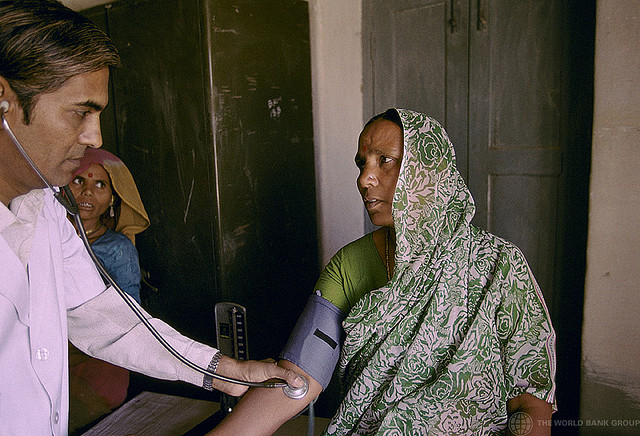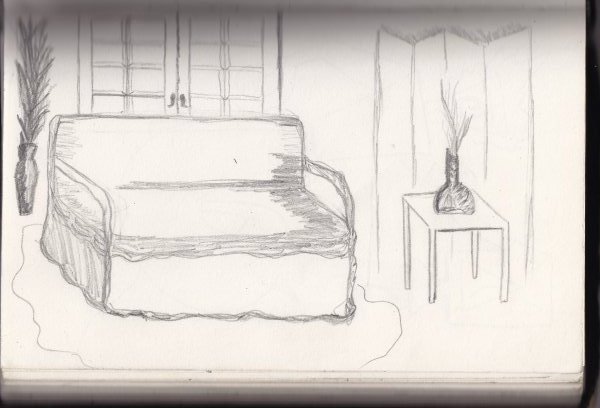
Early detection could save millions of lives from the perils of hepatitis (Photo Credit: World Bank)
If only our livers could complain the way our stomachs grumble when we miss a meal during a hectic day at the office, perhaps many cases of liver cancer could be prevented. But alas, our livers don’t talk to us…. like that anyway!
The liver is responsible for many things. Our livers break down vitamins and preservatives from a quick and easy microwavable brunch. Our livers have to process alcohol from last night’s happy hour. Let’s face it, in these times we give the liver a lot to do! Sadly, many cases of liver cancer are discovered at advanced stage not only because people haven’t taken advantage of receiving preventive health screenings, but also because signs of liver problems are quite difficult to track therefore often ignored. There is no way around it- hepatitis screening is a critical step in early detection and prevention of liver disease, but it also would be useful to watch out for early signs of liver disease.
Hepatitis C is one of the most common blood-borne diseases in the United States, affecting around 4 million people, to date. However, only some 30 percent of new hepatitis C patients have experienced the symptoms related to the disease. Nonetheless, those with only mild or no symptoms still carry the virus and potentially infect others. It’s important to remember that hepatitis C is not passed on by casual physical contact like hugging, sharing cutlery, and coughing. It can take up to six months from initial infection for the signs of the virus to appear.
The most noticeable sign of hepatitis C is jaundice, when your skin and the whites of the eyes develop a yellowish hue. At its initial stages, hepatitis C may present with flu-like symptoms such as headaches, muscle pains and fatigue. Some people experience fever and flu without getting any skin discoloration.
Hepatitis C may also have abdominal symptoms that we can easily mistake as a stomach pain from eating bad food. Many hepatitis C patients have observed appetite loss during the first week of exposure to the virus. People in the early stage hepatitis C may also experience nausea, vomiting, and abdominal pains. The upper right of the abdomen may feel tender and painful when touched, while the spleen under the upper left may start to enlarge.
Getting screened for hepatitis C still remains the best way to see and confirm hepatitis. Laboratory blood tests could already detect the virus within six months of infection. While these signs may not be experienced altogether, don’t ignore that flu or abdominal pain, and have yourself checked for liver problems regularly.































Good article: Looking for Early Signs of Hepatitis C? We Can Help You Know How Al D. Rodriguez Liver Foundation. Thank you for every one of your effort on this web site. My daughter enjoys carrying out research and it’s really simple to grasp why. Many of us learn all of the dynamic tactic you convey invaluable techniques via your website and as well foster response from other individuals on the subject matter so my princess is starting to learn a great deal. Take pleasure in the rest of the new year. You have been doing a dazzling job.
You need to be a part of a contest for one of the highest quality blogs online. I’m going to recommend this web site!
I’m usually to running a blog and i actually admire your content. The article has actually peaks my interest. I am going to bookmark your web site and keep checking for brand new information.Thanks for the post,will like to bookmark it..
I used to be more than happy to search out this web-site.I wanted to thanks in your time for this glorious learn!! I definitely having fun with each little little bit of it and I have you bookmarked to check out new stuff you blog post.
Muchas gracias, me ha encantado la forma de exponerlo, lo recomiendo mucho. Besos!!